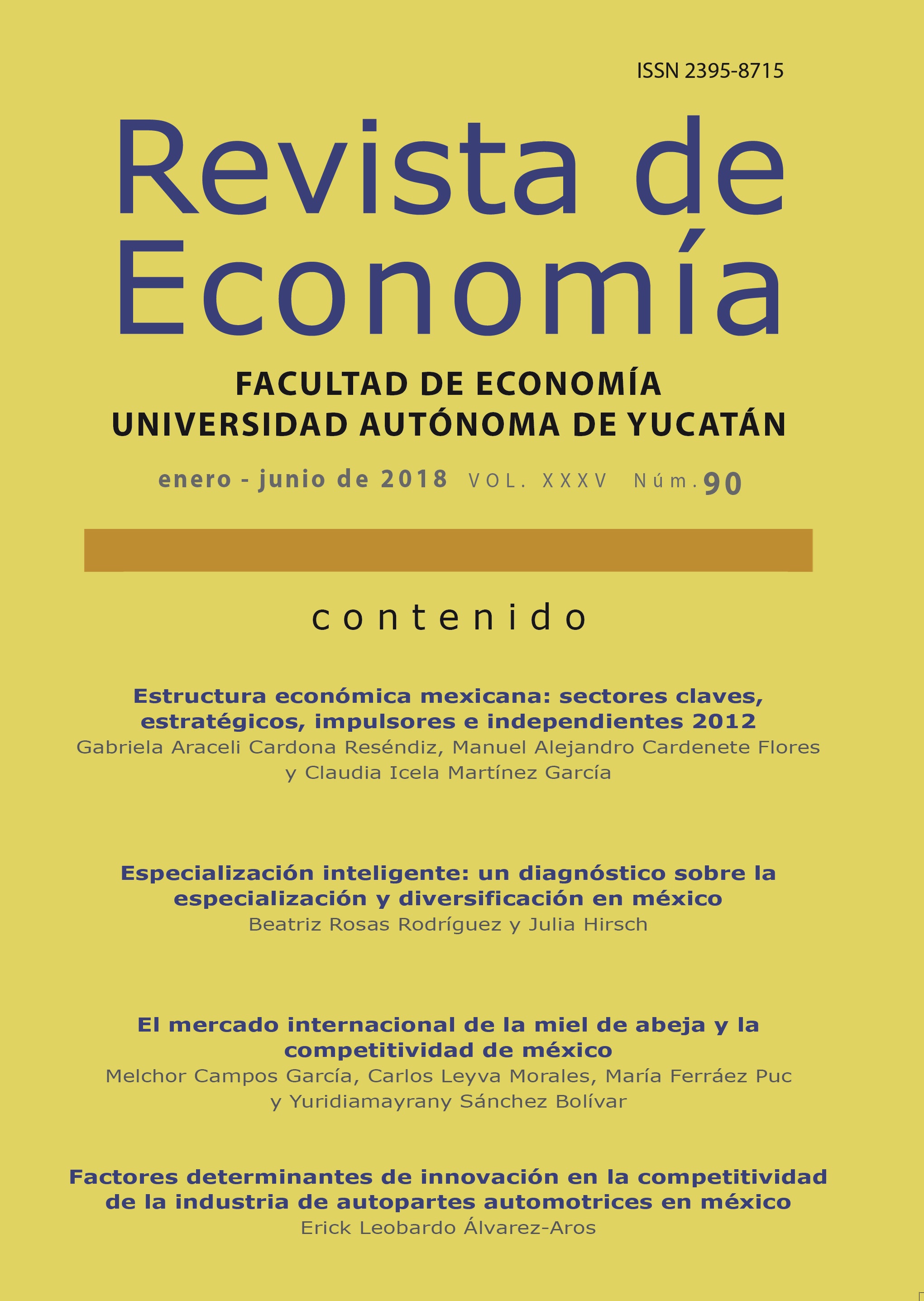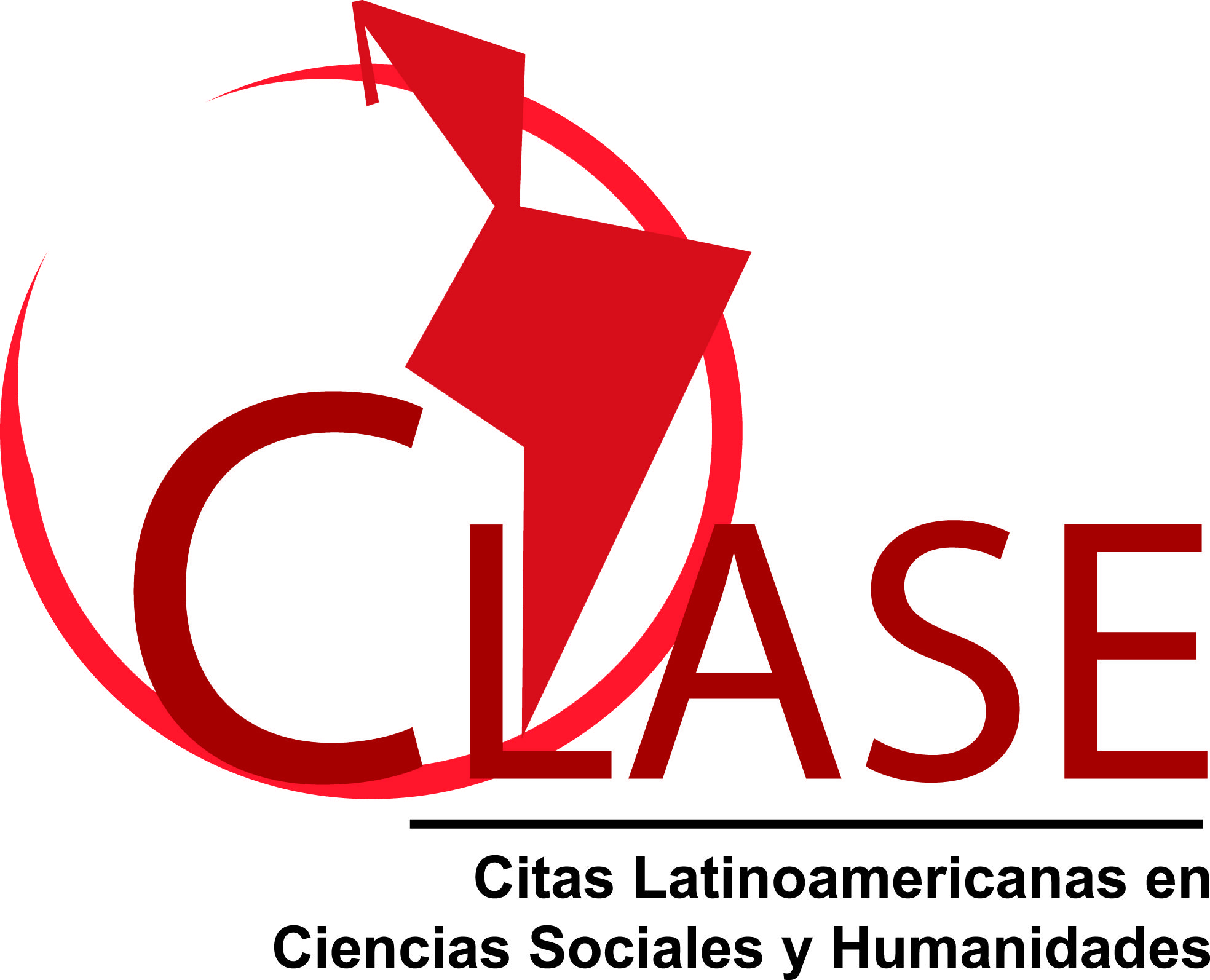Mexican economic structure: key, strategic, drivers and independent sectors 2012
Abstract
The design of economic policies to encourage economic growth makes it necessary to identify key productive sectors to adequately channel public policy efforts. The objective of this paper is to identify these productive sectors through the use of applied general equilibrium models. First, the social accounting matrix for Mexico 2012 was built. Subsequently, an analysis of generalized multipliers was carried out. Finally, based on the social accounting matrix, the effects of absorption and diffusion were determined to locate the key, strategic, driving and independent sectors. As a result of the analysis, the sectors that have a greater multiplier effect are the education services sector, legislative activities and the corporate sector. On the other hand, the key sectors are trade and real estate services, the strategic ones are manufacturing and transport, while legislative and corporate activities are driving sectors, finally agriculture and construction are independent sectors.
Copyright (c) 2017 Universidad Autónoma de Yucatán

This work is licensed under a Creative Commons Attribution-NonCommercial-ShareAlike 4.0 International License.
D.R. © Revista de Economía
The conditions that are required when granting the attribution license called CC -BY-NC-SA are the following:
1. The Universidad Autónoma de Yucatán must be clearly identified as the owner of the copyright of the original publication.
2. The material may not be used for commercial purposes.
3. Any derivative work must be published and distributed under the same open access license as the original publication.











